Trincomalee Fort: Guardian of the Eastern Harbor
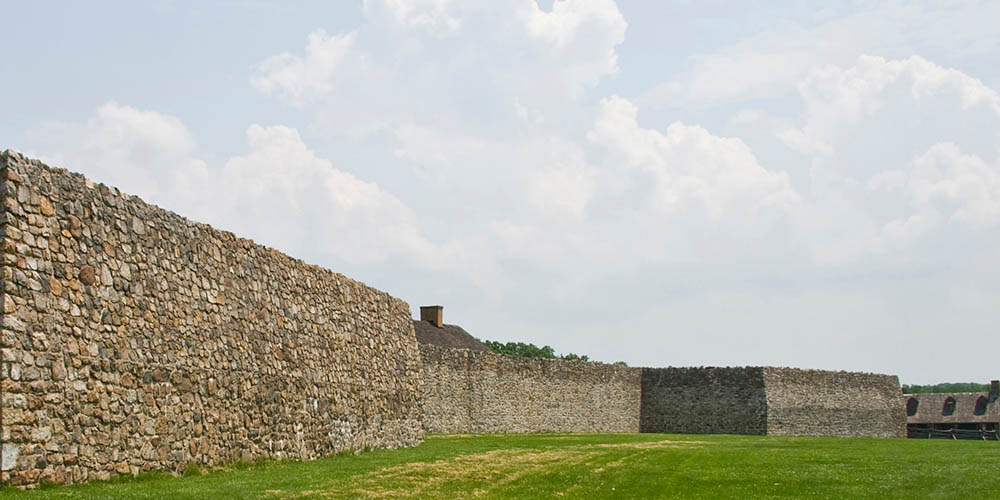
Trincomalee Fort, also known as Fort Frederick, stands as a powerful testament to Sri Lanka’s strategic importance in the maritime history of the Indian Ocean. Perched on a rocky promontory overlooking one of the world’s finest natural deep-water harbors, this historic fortification has witnessed over four centuries of colonial rivalry, naval warfare, and changing empires. The fort’s commanding position guarding Trincomalee’s magnificent harbor made it one of the most contested military installations in Asian colonial history.
Today, while still functioning as an active military installation, portions of the fort are accessible to visitors, offering glimpses into Sri Lanka’s colonial past and the strategic calculations that made Trincomalee a prize sought by Portuguese, Dutch, French, and British powers.
Strategic Significance of Trincomalee Harbor
Trincomalee’s natural harbor is considered one of the finest in the world—deep enough to accommodate the largest vessels, protected from monsoons and storms, and strategically positioned on major maritime trade routes. The harbor’s exceptional qualities were recognized by ancient seafarers, and the port appears in the writings of Ptolemy and other classical geographers as “Gokanna.”
This natural advantage made Trincomalee a coveted naval base throughout history. Control of Trincomalee meant dominance over eastern maritime trade routes, protection for merchant fleets, and a strategic military base for projecting power across the Bay of Bengal and Indian Ocean. These considerations drove repeated conflicts over the port and its fortifications.
Ancient Heritage: Koneswaram Temple
Before European colonization, the promontory was dominated by the magnificent Koneswaram Temple, one of the Pancha Ishwarams (five abodes of Shiva) and among the most significant Hindu temples in Sri Lanka. Ancient Tamil and Sanskrit texts describe the temple’s grandeur, and it attracted pilgrims from across South and Southeast Asia for centuries.
The temple’s location—on Swami Rock, the dramatic cliff overlooking the sea—created a spectacular religious site where devotion met natural majesty. The ancient Koneswaram complex was renowned for its architectural splendor, sculptures, and vast temple lands.
Portuguese Era (1622-1639)
The Portuguese were the first European power to recognize Trincomalee’s strategic value. In 1622, they constructed the initial fortification on the promontory, which they called “Fort of the Bay of Trincomalee.” In an act of colonial vandalism that remains controversial, the Portuguese destroyed much of the ancient Koneswaram Temple, using its stones to build their fortifications and reportedly throwing priceless sculptures and treasures into the sea.
The Portuguese fort was relatively modest, designed primarily to protect the harbor entrance and provide refuge for their trading vessels. However, their tenure was brief—the Dutch, seeking to expand their Ceylon holdings, captured Trincomalee in 1639.
Dutch Period (1639-1782)
The Dutch recognized Trincomalee’s potential and substantially strengthened the fortifications. They redesigned the fort according to European military engineering principles, constructing thick ramparts, bastions, and defensive works that could withstand sustained siege and naval bombardment.
The Dutch named it “Fort Triquillimale” and developed it as their primary eastern naval station, though they prioritized their western coast holdings, particularly Colombo and Galle. The fort’s layout, with its angular bastions and defensive walls, reflects Dutch military architecture of the 17th century.
Despite their fortifications, the Dutch lost Trincomalee to the French in 1672 during the Franco-Dutch War, though they regained it the following year. This brief French occupation demonstrated the harbor’s international significance—conflicts originating in Europe extended to this remote promontory on Sri Lanka’s eastern coast.
British Era and Fort Frederick (1795-1948)
The British captured Trincomalee from the Dutch in 1795 as part of their strategic campaign to control Ceylon. Recognizing the harbor’s supreme naval value, they renamed the fortification Fort Frederick (after Prince Frederick, Duke of York) and made substantial improvements to accommodate a major naval base.
Under British administration, Trincomalee became a crucial naval station, particularly during the Napoleonic Wars when the Royal Navy used it as a base for operations against French colonial territories in the Indian Ocean. The British substantially expanded the fort, adding barracks, magazines, officers’ quarters, administrative buildings, and improved defensive works.
Admiral Horatio Nelson visited Trincomalee and reportedly remarked that it possessed “the finest harbour in the world.” The strategic importance was recognized at the highest levels of British imperial planning—some strategists advocated making Trincomalee the capital of British Ceylon, though Colombo ultimately retained that role.
World War II Significance
During World War II, Trincomalee achieved renewed strategic importance as a major Allied naval base. The harbor hosted significant portions of the British Eastern Fleet and later served as headquarters for Admiral Lord Louis Mountbatten’s South East Asia Command.
In April 1942, Japanese naval forces launched air raids on Trincomalee as part of their Indian Ocean offensive. The attacks targeted the harbor, naval installations, and HMS Hermes, an aircraft carrier that was sunk off Trincomalee’s coast with significant loss of life. These attacks demonstrated the harbor’s continued strategic value and Ceylon’s vulnerability during the war.
The fort and harbor facilities were substantially expanded during the war years to accommodate increased Allied naval operations. Many of these wartime structures and installations remain within the military cantonment.
Architectural Features
Fort Frederick’s architecture reflects primarily Dutch and British military engineering:
The Main Gateway: The impressive entrance gate features the British coat of arms and leads through thick defensive walls into the fort complex. The gateway’s design emphasizes both defensive strength and administrative authority.
Ramparts and Bastions: Massive stone walls with angular bastions project from the fortification, providing overlapping fields of fire and protection against bombardment. The ramparts offer spectacular views of the harbor and Indian Ocean.
Defensive Structures: Gun emplacements, powder magazines, and guardhouses remain throughout the fort, though many have been modified for contemporary military use.
Colonial Buildings: Various British-era structures including officers’ quarters, administrative buildings, and barracks display colonial architectural styles adapted to tropical conditions—thick walls, high ceilings, verandas, and strategic positioning to capture sea breezes.
Wellington House: This historic building, named after the Duke of Wellington, served as the British commandant’s residence and represents fine colonial architecture with commanding views over the harbor.
Swami Rock and Koneswaram Temple
Within the fort area stands Swami Rock, the dramatic cliff that drops precipitously into the ocean. This is the site where the ancient Koneswaram Temple once stood before Portuguese destruction. In 1963, reconstruction of Koneswaram Temple began on a portion of the original site, restoring religious significance to this sacred promontory.
The modern Koneswaram Temple, though much smaller than its ancient predecessor, has become an important pilgrimage site for Tamil Hindus. The temple’s location within the military fort creates a unique situation where visitors must pass through security checkpoints to reach this sacred site.
Swami Rock itself remains one of Trincomalee’s most dramatic natural features. According to legend, Dutch explorers recovered ancient treasures from the sea below the cliff—including a golden statue that was reportedly sent to the Netherlands. The rock face bears inscriptions and carvings from various periods, though many were lost during colonial construction.
Military Cemetery
The fort area includes a well-maintained Commonwealth War Graves Cemetery, containing graves of British and Allied servicemen who died during both World Wars. The cemetery’s serene setting and careful maintenance reflect the continuing recognition of those who served in defense of this strategic location.
Current Status and Access
Fort Frederick remains an active military installation under the Sri Lankan Navy, which limits public access to certain areas. However, visitors can access portions of the fort, including the approach road, some rampart areas, and Koneswaram Temple. Photography restrictions apply in military areas.
The combination of active military use and heritage significance creates unique management challenges. While the military presence has arguably protected some historic structures from commercial development, it also limits archaeological research and heritage tourism potential.
Conservation Considerations
The fort’s dual role as military installation and heritage site complicates conservation efforts. Many original Dutch and British structures remain, though adapted for contemporary military use. The Central Cultural Fund and Department of Archaeology advocate for preservation of significant heritage features while respecting security requirements.
Key conservation concerns include:
- Documentation and preservation of remaining colonial-era structures
- Protection of architectural features from unsympathetic modifications
- Archaeological research into the fort’s various construction phases
- Recovery and study of artifacts related to the ancient Koneswaram Temple
- Balancing military operational needs with heritage preservation and public access
Historical Legacy
Trincomalee Fort embodies the strategic calculations that shaped colonial competition in the Indian Ocean. Its fortifications tell stories of European rivalry, naval warfare, and the projection of imperial power. The site witnessed the clash between ancient Hindu civilization and colonial expansion, experienced the transitions between Portuguese, Dutch, and British rule, and played crucial roles in global conflicts from the Napoleonic Wars to World War II.
The fort’s continuing military function maintains the tradition established four centuries ago—Trincomalee remains strategically significant, and Fort Frederick continues guarding one of the world’s great natural harbors.
Visitor Experience
Visiting Fort Frederick offers insights into Sri Lanka’s colonial military history and spectacular coastal scenery. The approach to the fort passes through shaded avenues lined with large trees, creating a dramatic approach to the historic gateway. Within accessible areas, visitors can explore portions of the ramparts, view period architecture, visit Koneswaram Temple, and experience the dramatic beauty of Swami Rock.
The views from the fort and Swami Rock are exceptional—the deep blue waters of the harbor, the sweep of coastline, and the vast expanse of the Indian Ocean create memorable vistas that explain why this location attracted attention throughout history.
Fort Frederick stands as a monument to strategic geography—a place where natural advantages created historical significance, where colonial powers competed for control, and where military importance persists into the present. It represents a complex heritage of conquest and resistance, destruction and reconstruction, conflict and continuity that characterizes much of Sri Lanka’s colonial experience.
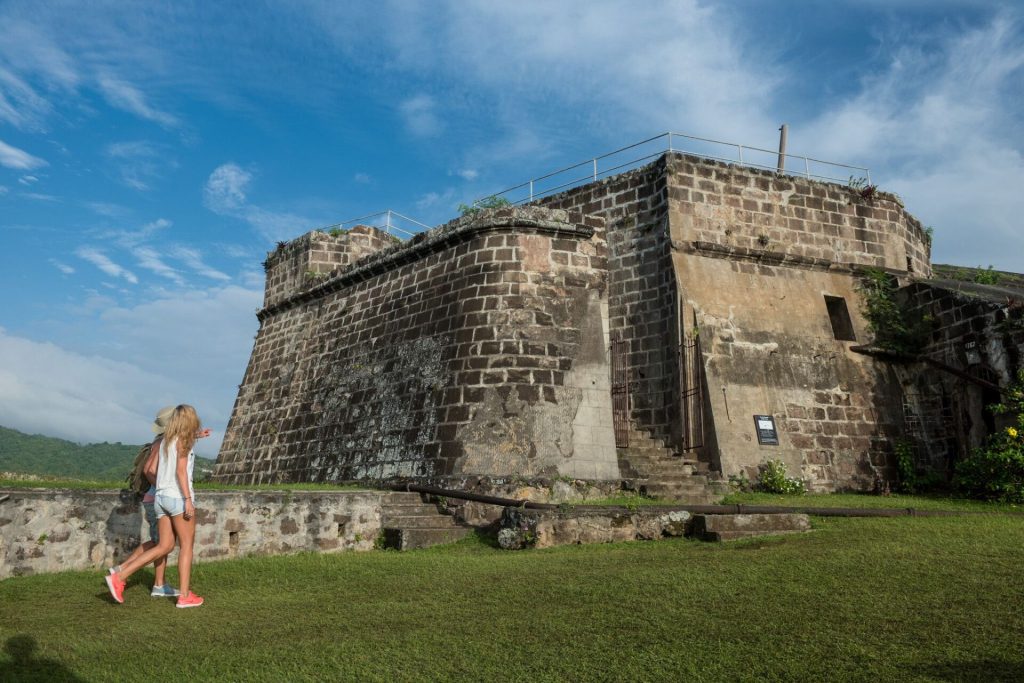
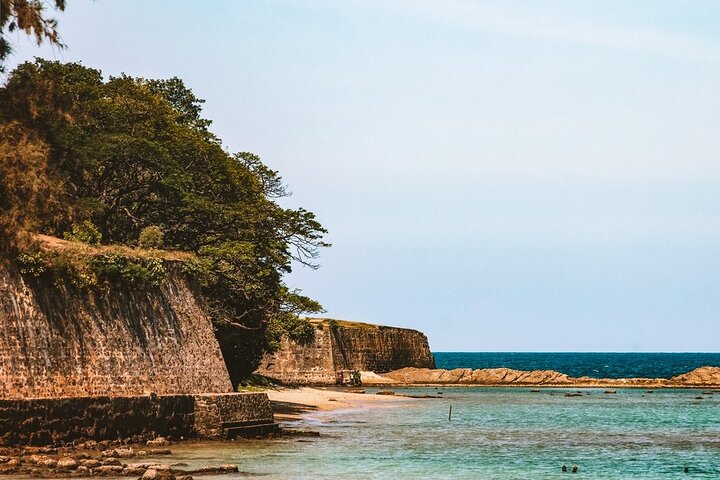
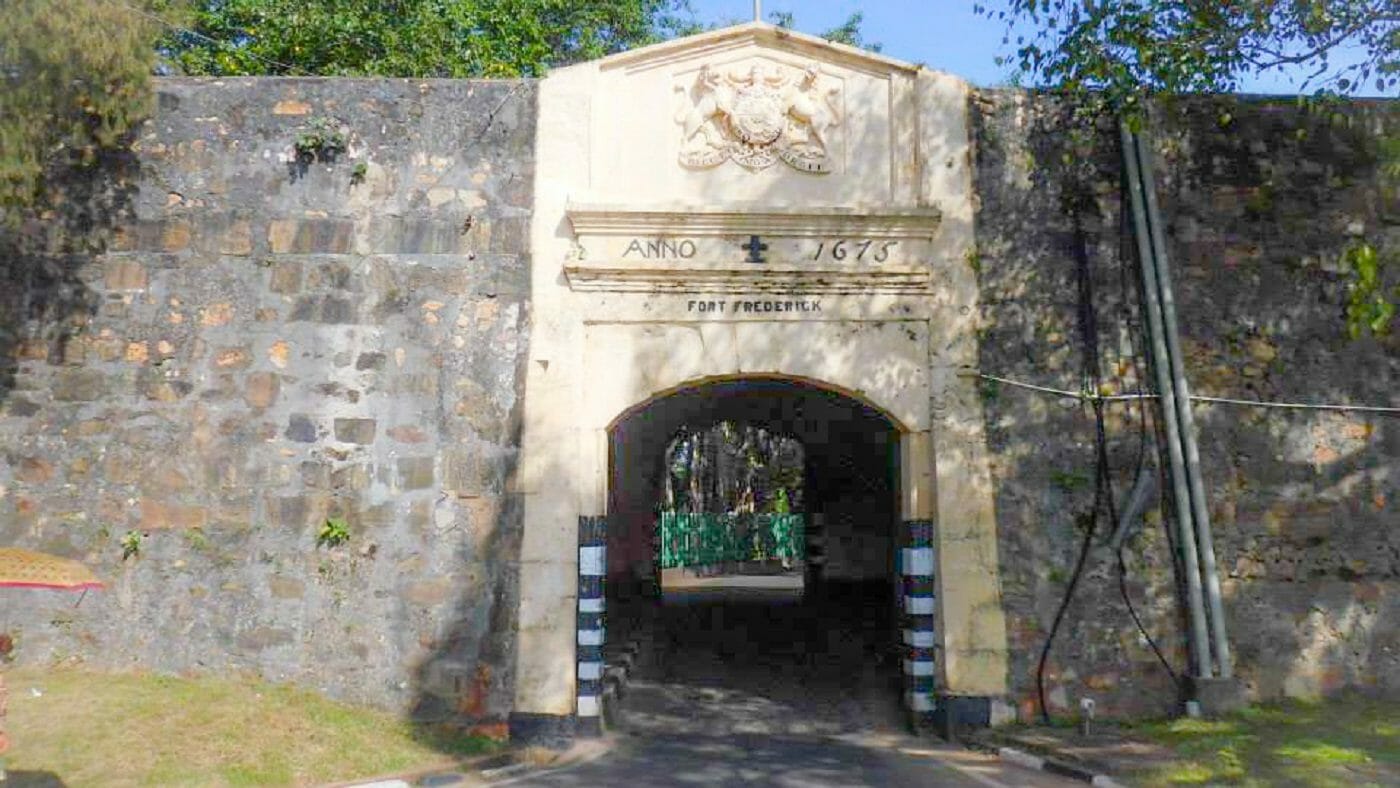
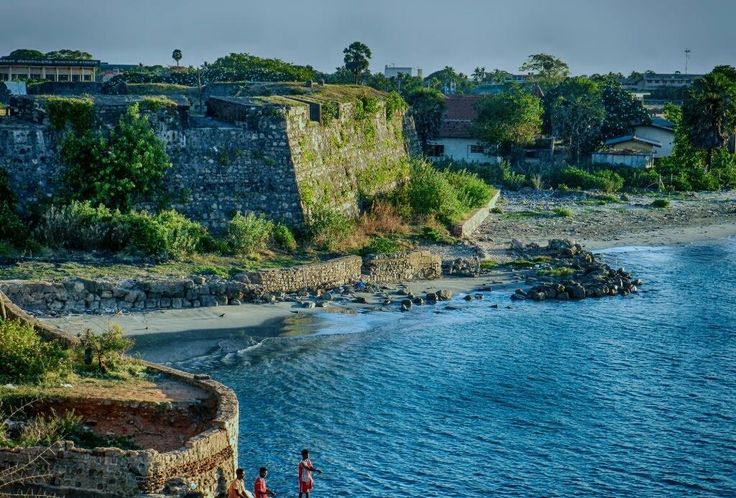
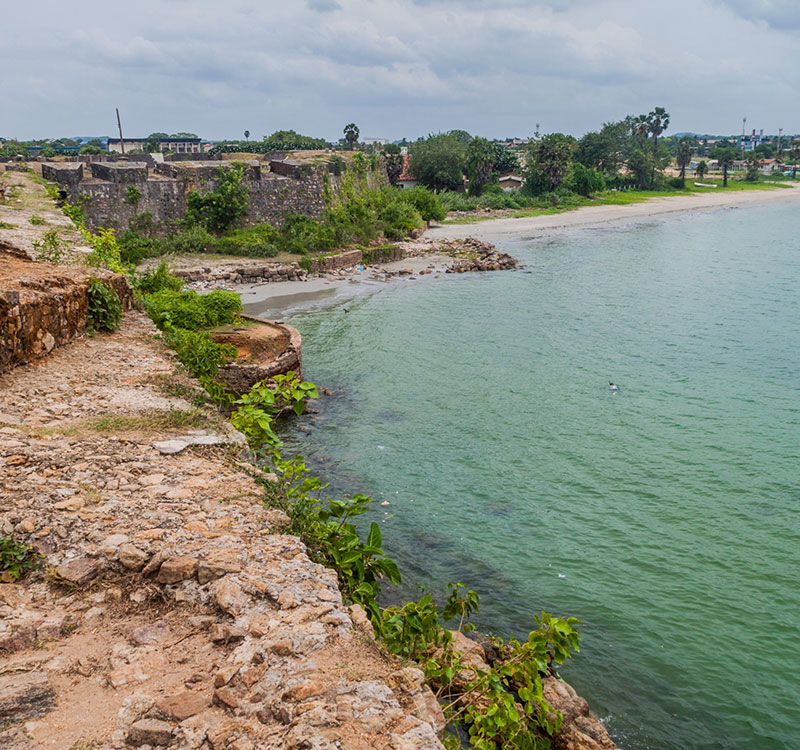
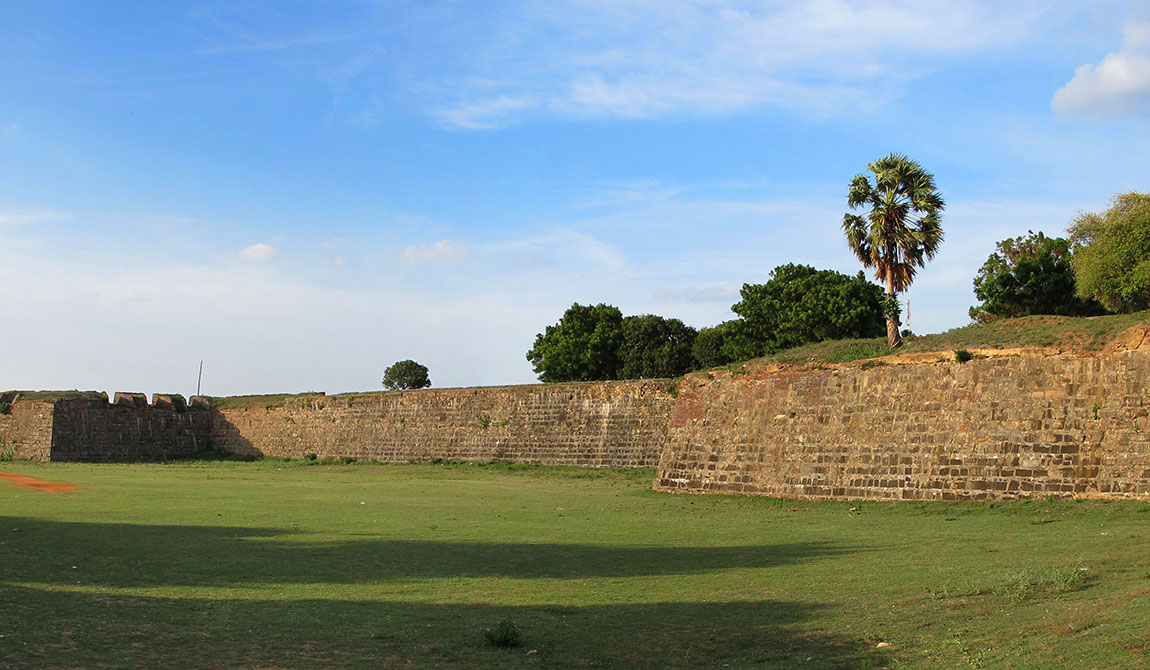
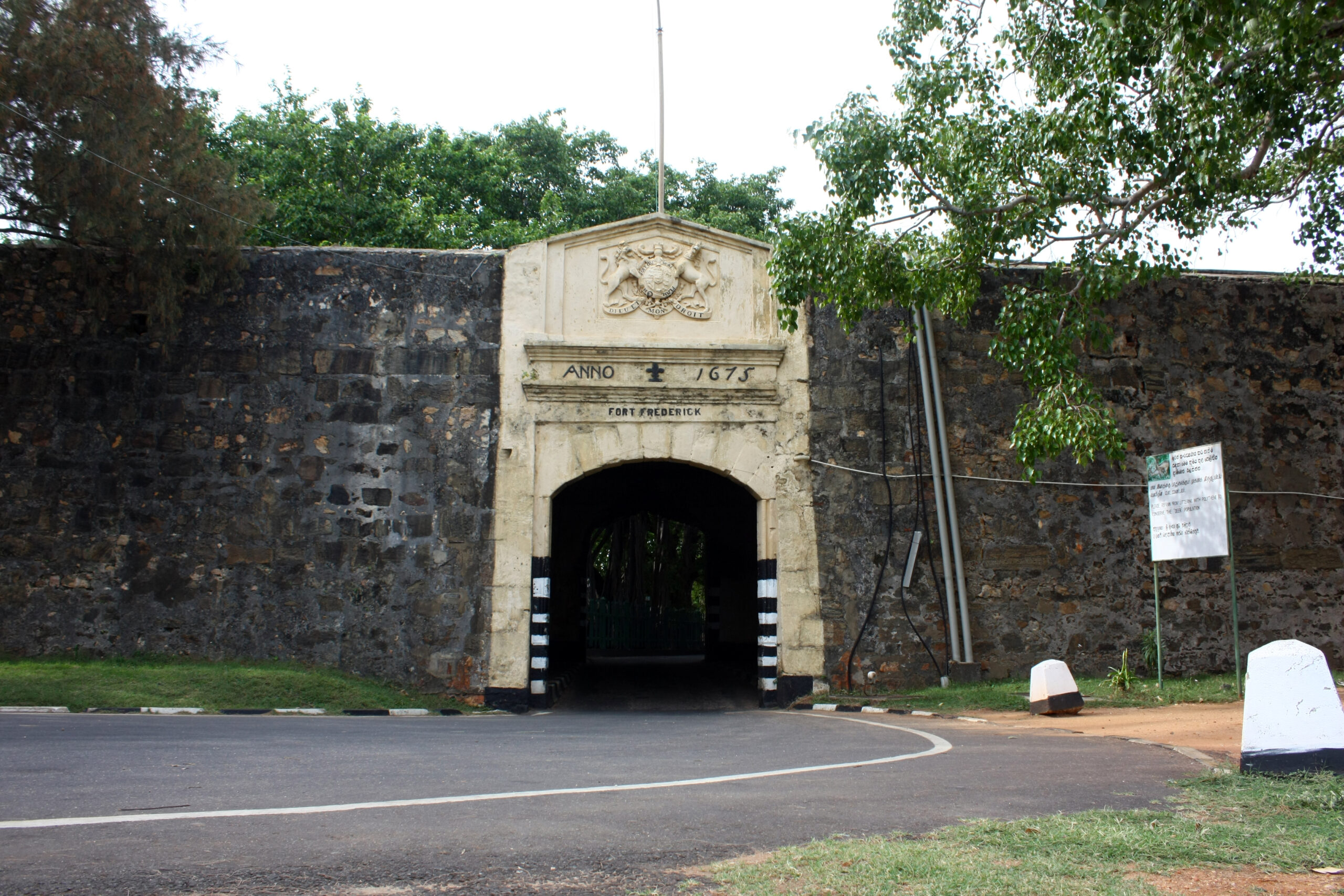
*Photo credits go to the respective owners
